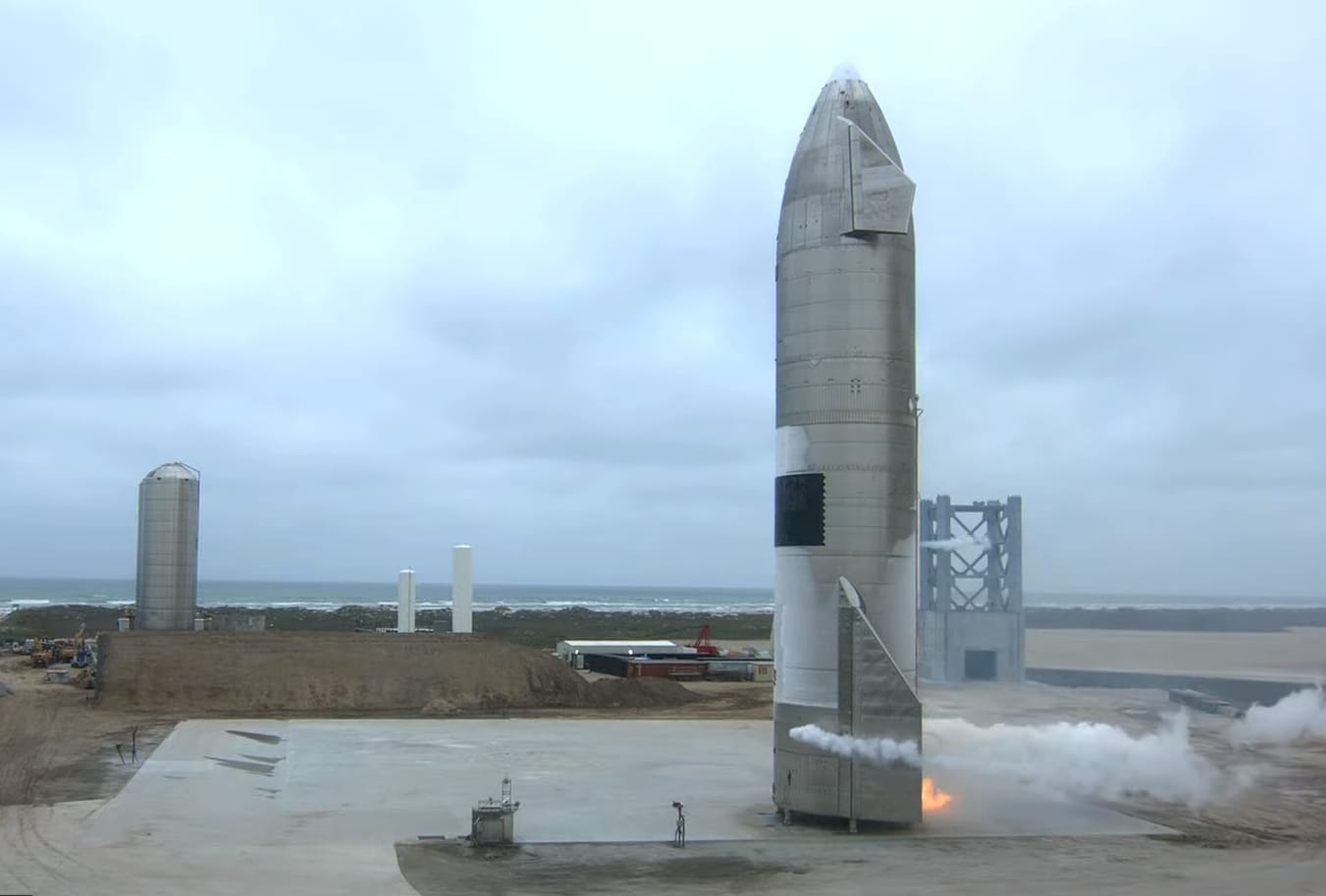SpaceX’s Starship prototype rocket SN15 successfully lands after test flight

[This livestream has ended. A replay is available above.]
Elon Musk’s SpaceX launched and then landed the latest prototype of its Starship rocket on Wednesday, in the fifth high-altitude test flight of the system this month.
Starship prototype rocket Serial Number 15, or SN15, launched and flew as high as 10 kilometers, or about 33,000 feet in altitude. The rocket is built of stainless steel, representing the early versions of the rocket that Musk unveiled in 2019.
“Starship landing nominal!” Musk tweeted after the landing. Nominal is a space industry term used to refer to when things go according to plan.
SN15 marked the first Starship prototype that SpaceX did not destroy after a high-altitude test flight. While a small fire broke out at the base of the rocket after the landing, the fire appeared contained a few minutes later.
The company is developing Starship to launch cargo and people on missions to the moon and Mars.
Earlier this month, NASA awarded SpaceX a nearly $3 billion contract to build a lunar variation of Starship to carry astronauts to the moon’s surface for the agency’s Artemis missions. However, while Musk’s company continues to move forward with Starship development, NASA suspended SpaceX work on the HLS program after Jeff Bezos’ Blue Origin and Leidos‘ subsidiary Dynetics each filed protests of the NASA contract award.
The SN15 flight was similar to the ones SpaceX has conducted in the past six months, with the test flights of prototypes SN8, SN9, SN10 and SN11. While each of the prior rockets launched successfully and completed multiple development objectives, all four prototypes were explosively destroyed – SN8 and SN9 on impact during landing attempts, SN10 a few minutes after landing, and SN11 moments before its landing attempt.
The Starship prototypes stand at about 150 feet tall, or about the size of a 15-story building, and each one is powered by three Raptor rocket engines.
SpaceX noted in a statement on its website that SN15 features “vehicle improvements across structures, avionics and software” compared to the prior Starship prototypes.
“Specifically, a new enhanced avionics suite, updated propellant architecture in the aft skirt, and a new Raptor engine design and configuration,” SpaceX said.
The Federal Aviation Administration, which has an inspector at SpaceX’s facilities to observe the test flights, conducted a “mishap” investigation of the SN11 flight.
Last week the FAA announced the authorization of the next three Starship launches – SN15, SN16, and SN16 – saying it will “verify that SpaceX implemented corrective actions arising from the SN11 mishap investigation.”
The FAA authorized multiple launches at once “because SpaceX is making few changes to the launch vehicle and relied on the FAA’s approved methodology to calculate the risk to the public.”



